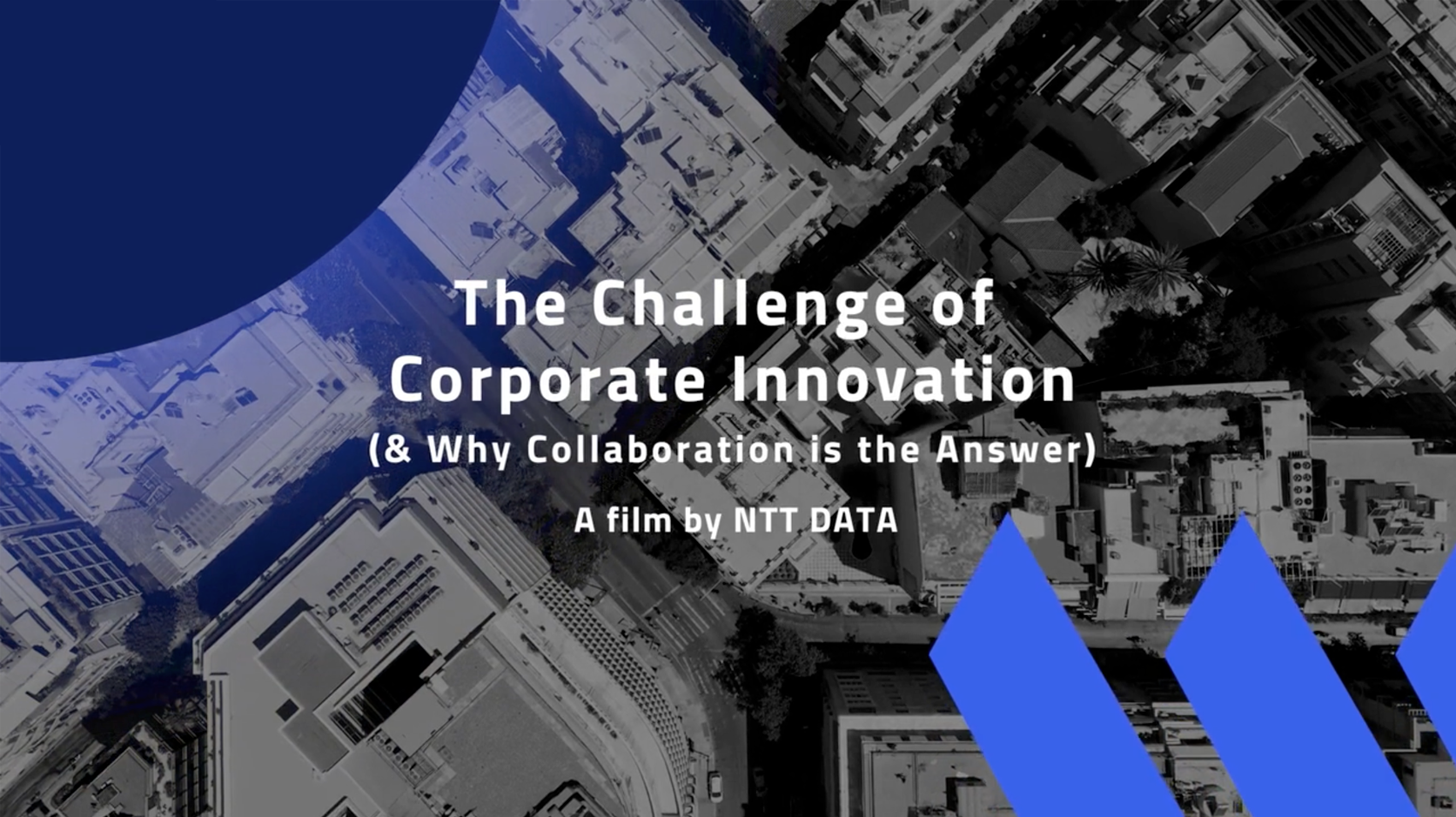
As businesses must now innovate at speed, one decisive way to accelerate change and open new potential markets for products and services is collaboration. For decades, enterprises have practised isolationism to protect their IP. But today, open partnerships and co-created products, often with competitors, is how enlightened business leaders now approach their strategic innovation.
Businesses understand that the knowledge and experience their workforce contains is one of their most precious assets. However, in a globally competitive market, enterprises struggle to locate and retain the skilled staff they need. Partnering with one or more businesses that have the intellectual and practical skills required to complete a project is the core advice we give to clients.
Co-creation, and the high levels of transparency that successful co-creation projects demand, can be a difficult transition for many businesses to make; but to remain competitive, it’s a change they must embrace.
We live in a connected world. Our vehicles and cities are becoming smart. Enterprises that can develop next-generation products and services need to innovate within these connected spaces. Co-creation and the free exchange of ideas, data, insights, and skills are the foundation for businesses to build new products and services.
In it together
No discussion of co-creation innovation can be complete without acknowledging the upheaval Covid-19 has brought to every business sector. The post-pandemic landscape will be different, as enterprises have re-made their digital transformation plans. It’s imperative these new strategic initiatives contain a co-creation element.
As all governments stated at the beginning of the pandemic, we are all in this together. Something similar can also be said about how businesses will change and evolve post-Covid. The pandemic has brought communities closer together. I firmly believe the same is also true for companies that can make lasting change through innovation if they work closely together.
The uncertainty of what lies ahead can be brought into focus and illuminated, but only when businesses don’t attempt to define their futures alone. Future-focused enterprises are enlightened businesses that understand and actively pursue innovation with a diverse array of partners.
As development cycles rapidly shorten, agile businesses can use this acceleration to their advantage – if they’re open to being open.
Sum of the parts
A great example of how collaboration can result in massive benefits is in the automotive industry. Known for fierce competition between manufacturers, forward-thinking businesses are actively seeking to forge close commercial relationships with multiple companies and across the educational sector to collaborate on disruptive world-class innovations.
Business leaders have watched as the timescale for their product design and delivery continues to shorten. In my time as Chief Operating Officer and Managing Director of Digital Business Solutions, Automotive & Manufacturing for NTT DATA Germany, I’ve observed as several industries have experienced similar shortening of their product and development cycles. Innovating alone is now not a viable option for most enterprises. We advise a more open stance that can protect IP, yet allow a level of transparency and collaboration that results in partnerships that would not have otherwise been actively pursued.
For example, since 2017 NTT DATA, Toyota, and Maxar Technologies, collaborated on new technologies for connected cars. This collaboration explores how in-vehicle AI applications, IoT networks, and 5G can be leveraged and breaks new ground in the field of HD maps for autonomous vehicles. The advances we have made would not have been possible had we not done it together; none of the companies could handle such a complex project alone.
Business leaders have looked into their short-term future and realised they must actively use co-creation to survive and prosper.
Co-creation and the free exchange of ideas, data, insights and skills is the foundation onto which businesses will build new products and services.
The digitisation of the consumer and business spaces are converging. The emergence of fast data connectivity thanks to 5G, the potentially transformative impact that edge networks will have, and the emergence of a connected world as IoT matures, delivers a space ripe for innovation. Innovative Optical and Wireless Networks is another area that will be defined by co-creation initiatives.
Can a company work alone and hope to make a lasting impact on these developments? We don’t believe that it can; we advocate an open approach. It has worked for us. Think about how your company needs to innovate. It’s likely your company can’t achieve its goals alone.
With well-chosen partners, these goals can be met and even exceeded. We often see projects that began with clearly defined parameters grow out of all recognition, as partners offer their unique perspectives. These new insights often lead to unexpected and potentially highly lucrative changes to the service or product development. This change is only possible if your company embraces co-creation.
4 big wins
Moving to a co-creation model for innovation can deliver several key advantages to any company that embraces this enlightened way of working:
New ideas and perspectives are the literal product of collaboration. What’s more, the ensuing digitisation enables businesses and other groups to work together efficiently.
The value chain a business has access to can grow exponentially with co-creation. Collaboration needs new ways of working to be developed. These new systems, processes, and communications channels all combine to deliver value.
Cost reduction is a by-product of collaboration and not the core driver behind co-creation initiatives. It’s essential to understand transparency and honesty with partners will always result in high-quality innovation.
Creativity at speed has sometimes been thought of as a contradiction: great ideas and the products and services they spawn need time to evolve and mature. Today that notion has been dispelled, as the innovation cycle can now be massively shortened thanks to collaboration.
The businesses that grasp co-creation and use its ideals to drive their innovation strategies are clearly enterprises that will dominate their sector. Businesses within the automotive industry are a great example. Their ambition is moving through enormous upheavals as the world transitions to autonomous electric vehicles. This industry understands that co-creation will define their future prosperity – prosperity they can’t create alone.
Transparency and honesty with partners will always result in high-quality innovation.
To prosper, businesses must increasingly become agile innovators. As development cycles rapidly shorten, agile businesses can use this acceleration to their advantage, if they’re open to being open.
Agility, coupled with co-creation, is a powerful partnership all businesses can develop. If your company is not refining its dexterity and has no strategic plan to foster more collaboration with other enterprises or educators, you’ll find yourself at a distinct disadvantage. The evidence is clear: the whole is greater than the sum of the parts. To succeed, we must work together.

















































